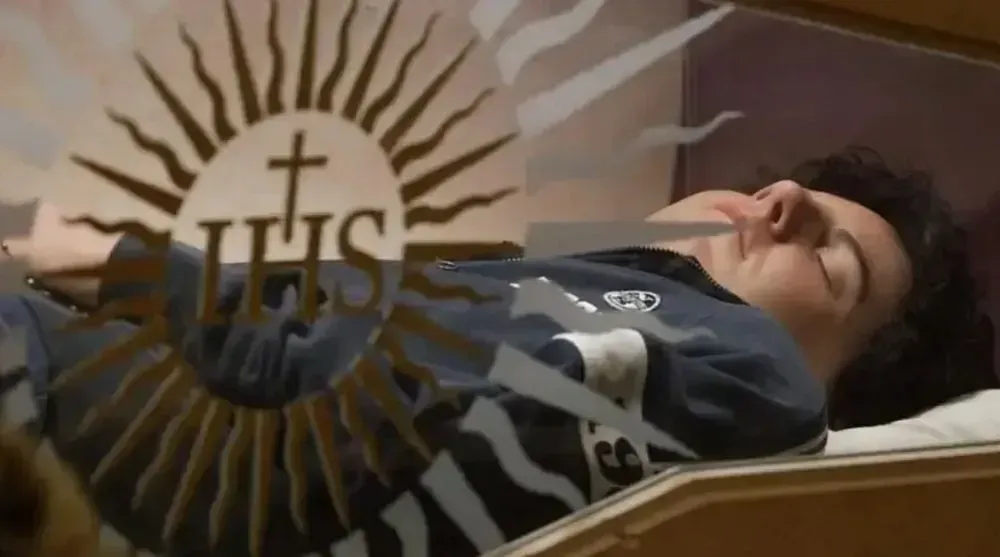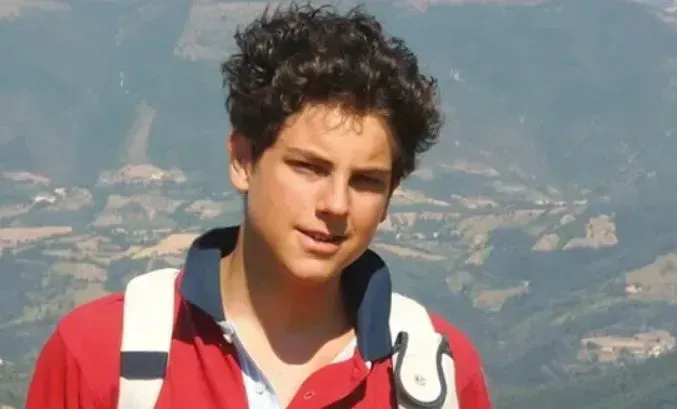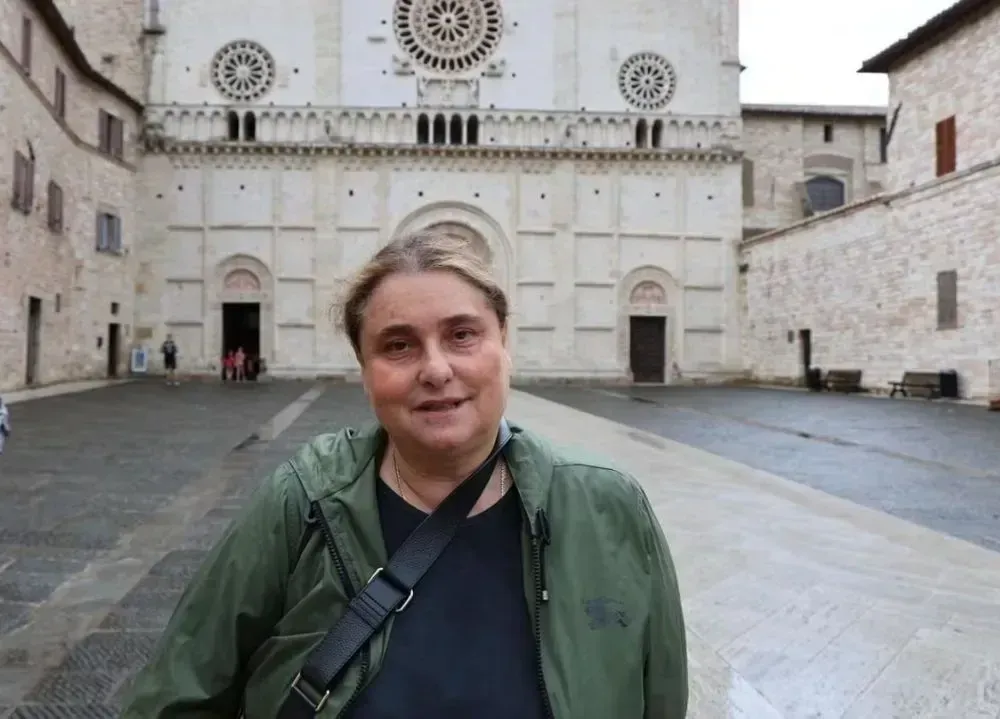London boy who died of leukemia at the age of 15 to be made a saint: Vatican accepts conditions for canonization
Kyiv • UNN
Italian teenager Carlo Acutis, who was born in London and died of leukemia in 2006 at the age of 15, will become the first saint of the millennium after the Vatican recognized two miracles attributed to his intercession.

A teenager who died of leukaemia in 2006 at the age of 15 will become the first saint of the Catholic Church's millennium. Pope Francis recently recognised Carlo Acutis' second miracle, which meets all the conditions for canonisation. Thus, the young man, who was considered a computer prodigy and a devout Christian during his lifetime, will become the first millennial saint. This is reported by The Guardian and Ansa, UNN reports.
Details
Carlo Acutis, who was born in London but spent almost all his life in Italy from London, was a computer prodigy and helped spread Roman Catholic teaching on the Internet. He died in 2006 in Monza at the age of fifteen due to complications of leukemia.

During his lifetime, among other things, Akoutis created and managed the websites of his school and parish, and founded a website where he attempted to document all reported Eucharistic miracles. The project was launched just days before his death and has since been translated into several other languages. For his work, he also received the title of Influencer of God.
The young man was beatified by Pope Francis on October 10, 2020.
The first miracle attributed to him involved the healing of Mateus, a six-year-old Brazilian boy who suffered from a ring pancreas, a rare congenital anomaly that could only be corrected by surgery. Because of his illness, Mateus was ready to put things right.
When he touched the relic of Karl, he asked for a favor so that he would not vomit again. And so it happened. The defect disappeared and his pancreas returned to normal. An "instant, complete, and lasting" healing that the Medical Consultation of the Congregation for the Causes of Saints found unexplainable.
The second miracle that would lead to Carlo Acutis' sainthood is considered an unexplained fact and occurred through his intercession, involving a girl from Costa Rica, a student in Italy who had undergone surgery for a head injury prior to the accident.
On the very day of the accident, Valeria's mother began to pray to Blessed Carlo Acutis, asking him to intercede for her daughter's healing. She went on a pilgrimage to Assisi to pray at the tomb of the blessed man. On the same day, Valeria's spontaneous breathing resumed, and the young woman's condition gradually improved until she made a full recovery.

A special unit of the Catholic Church that studies the authenticity of miracles, called the Medical Council for the Congregation for the Causes of Saints, is investigating claims of a miraculous recovery of a Costa Rican woman after a bicycle accident in Florence in 2022.
Help
In Catholicism, people can pray to deceased people who they believe are in heaven and ask them to speak to God on their behalf, for example, that a person recover from an illness or injury.
If the person in question unexpectedly recovers, this can be classified by the Vatican as a miracle. If two miracles are attributed to a deceased person and approved by the Pope, he or she qualifies for sainthood.
In October 2013, Pope Francis declared Carlo Acutis blessed, the fourth step in the process to become a saint. The ceremony also recognized that Akutis had entered heaven and that people could be saved by praying to him.
During his homily at the beatification, Cardinal Agostino Vallini, papal legate for the Basilica of Assisi, said: "Carlo used the Internet to serve the Gospel, to reach as many people as possible.
Addendum
Carlo Acutis personifies "the sanctity of everyday life because his life was one continuous prayer." His mother, Antonia Salzano, told this in an interview with Ansa.

An ordinary boy who opened his heart to Christ. And he made his normalcy holy. He was a fan of St. Francis, loved his simplicity and attention to the poor.
"He had no stigmas," Antonia adds, "or other signs that characterize saints. He can be imitated, and he encourages us to do so